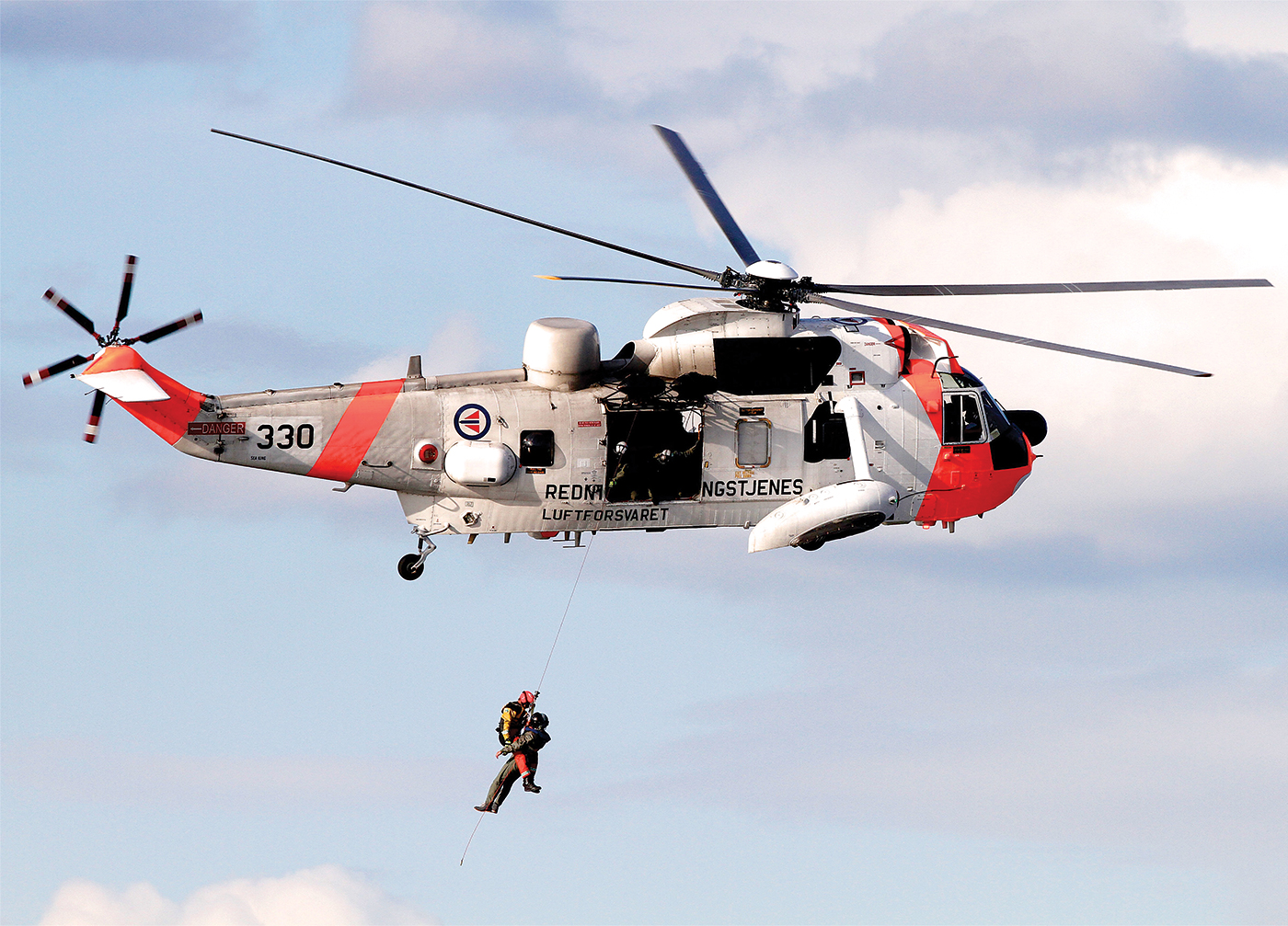In a world where natural disasters are becoming more frequent and more intense, the flow of communication between emergency medical services (EMS) providers is crucial when lives are at stake. Ensuring this seamless communication is possible is TracPlus Global’s specialty.
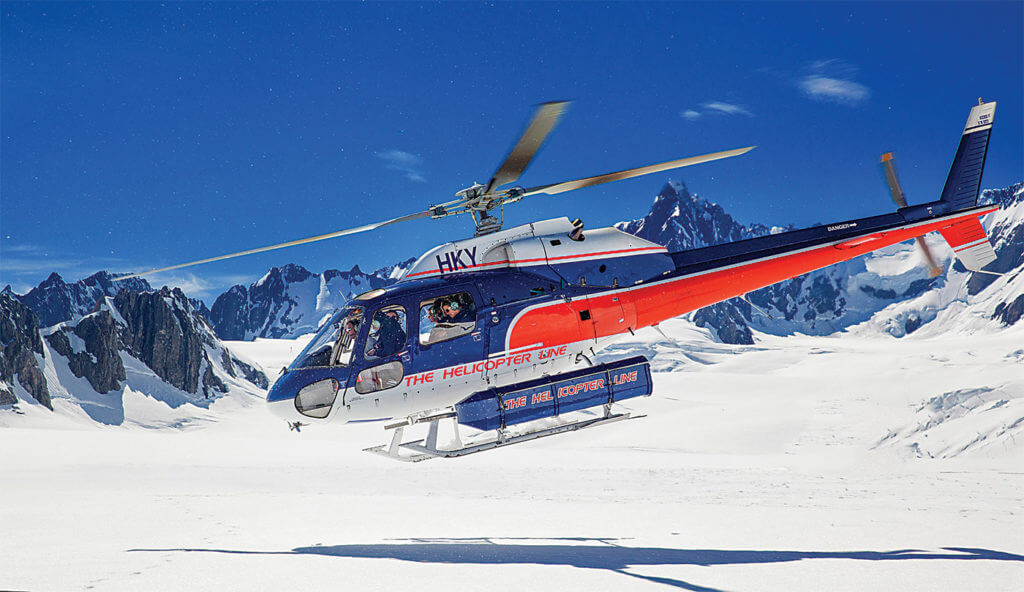 The New Zealand-based company has been a communications platform for tracking and messaging technology for the aviation industry since 2007, with further attention on maritime and ground-based vehicles.
The New Zealand-based company has been a communications platform for tracking and messaging technology for the aviation industry since 2007, with further attention on maritime and ground-based vehicles.
“We are really passionate and focused on our niche, which is looking at first responders and EMS providers and giving them a core product for their needs that helps them achieve peace of mind,” said TracPlus CEO Trevor McIntyre.
While the company largely focuses on serving EMS providers as they respond to natural disasters, its tracking services are also incredibly valuable for supporting search-and-rescue (SAR) and flying in remote regions, as well as facilitating situational awareness for multi-agency collaboration in response to terrorism.
TracPlus supports manufacturers around the world, attaching its software to third-party hardware using the latest satellite, web and mobile technologies. The outcome is a variety of cutting-edge communication devices that provide voice, data and tracking to the cockpit in real time, with the option for pilots to send data to other platforms such as first responders on the ground.
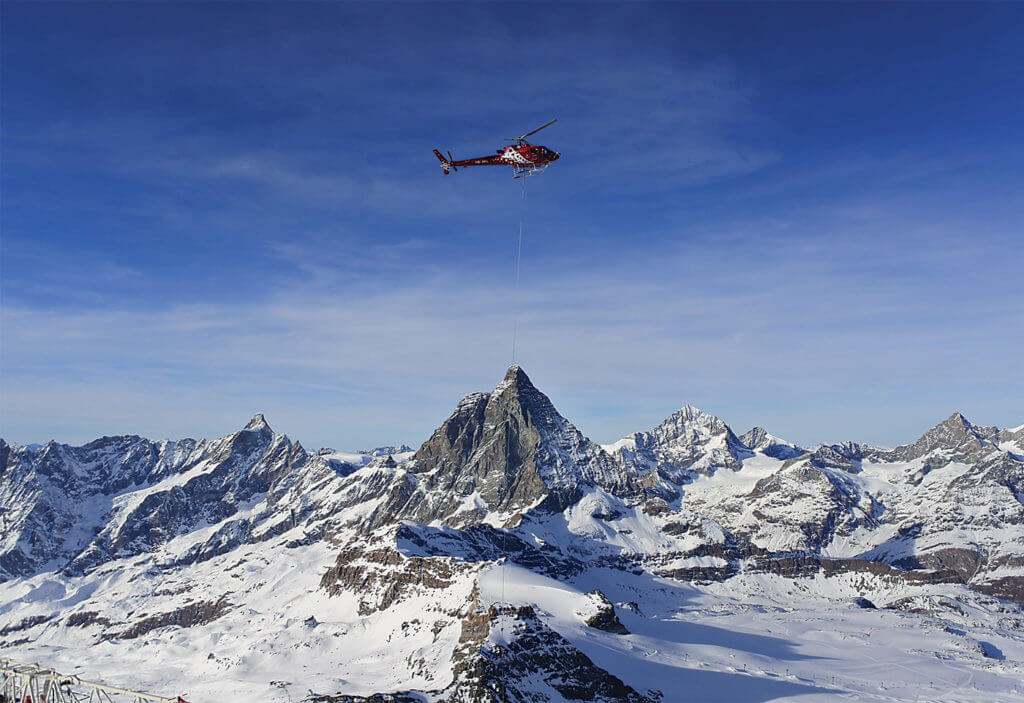 Supporting 23 different tracking and messaging devices, TracPlus helps its customers choose the right service for their specific needs. And there is no concern when it comes to sharing data through different types of software, because TracPlus has built an ecosystem of operations that allows any party to communicate with any service through the company’s devices.
Supporting 23 different tracking and messaging devices, TracPlus helps its customers choose the right service for their specific needs. And there is no concern when it comes to sharing data through different types of software, because TracPlus has built an ecosystem of operations that allows any party to communicate with any service through the company’s devices.
“In a typical operation we’ll see air rescue operating with coast guard vessels [that are] being coordinated by a SAR agency,” said Chris Hinch, chief innovation officer at TracPlus. “So you’ve got three different parties all involved at the same time, and they’re all using TracPlus to communicate and coordinate a more efficient outcome.”
The idea to start the company was sparked back in 2003 after tragedy struck off the coast of North Otago. After being cast from their fishing vessel into frigid waters, three men died of hypothermia. This was due to a record-keeping error at the national SAR headquarters, as an aircraft roughly 2.5 hours away was dispatched for rescue rather than a helicopter less than 20 minutes away.
The owner of the helicopter wondered if there was a way to track his assets and visualize them all at once, being able to share the data with third-party rescue organizations. In late 2005, his vision came true as a satellite tracking terminal was fitted into his helicopter. After nearly two years of exhaustive testing, TracPlus hit the ground running as an accomplished service provider.
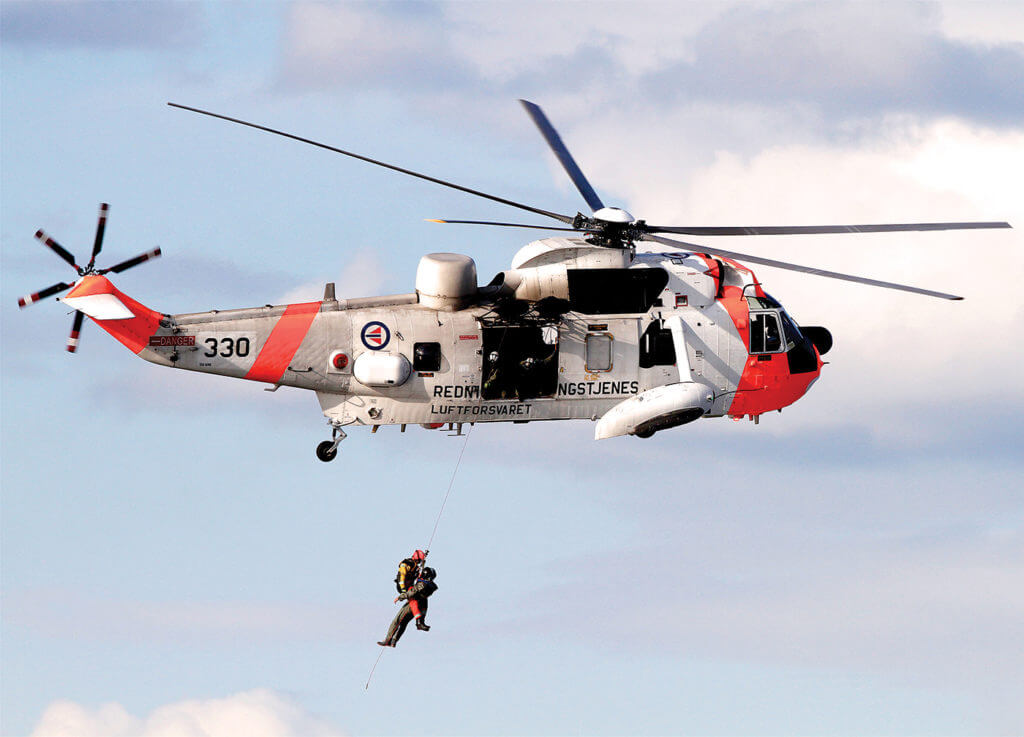 Offering real-time tracking services in more than 35 countries to 300 customers around the globe, TracPlus has faced a series of challenges related to the effects of global warming.
Offering real-time tracking services in more than 35 countries to 300 customers around the globe, TracPlus has faced a series of challenges related to the effects of global warming.
“What we’re finding at the moment is that there’s no longer such a thing as a fire season,” said McIntyre. “You’ve got these massive events, like out of control wildfires … it’s scary stuff, and also compels us to search for better and better solutions for operators.”
As the largest wildfires in California’s history took place toward the end of 2017, the California Department of Forestry and Fire Protection (Cal Fire) has awarded a contract to TracPlus to provide the technology to coordinate future ground and aerial firefighting and rescues.
Hinch said a similar wildfire trend is occurring Down Under, and TracPlus is providing a new service that allows the delivery of tracking services to Australia’s National Aerial Firefighting Centre (NAFC) to help tackle the problem.
“Bush fire season now is year-round with global warming in Australia,” he explained. “We have airborne tracking data from over 500 aircraft across 10 different tracking service providers, and we take that information in real time and deliver it to 19 federal and state agencies in Australia.”
The company’s unparalleled tracking and messaging services are built to be relied on, so customers can focus on the difficult task at hand without worrying about the technology.
“I think our key focus is really around customer success, and it’s something that we hugely pride ourselves in,” said McIntyre. “We genuinely care.”
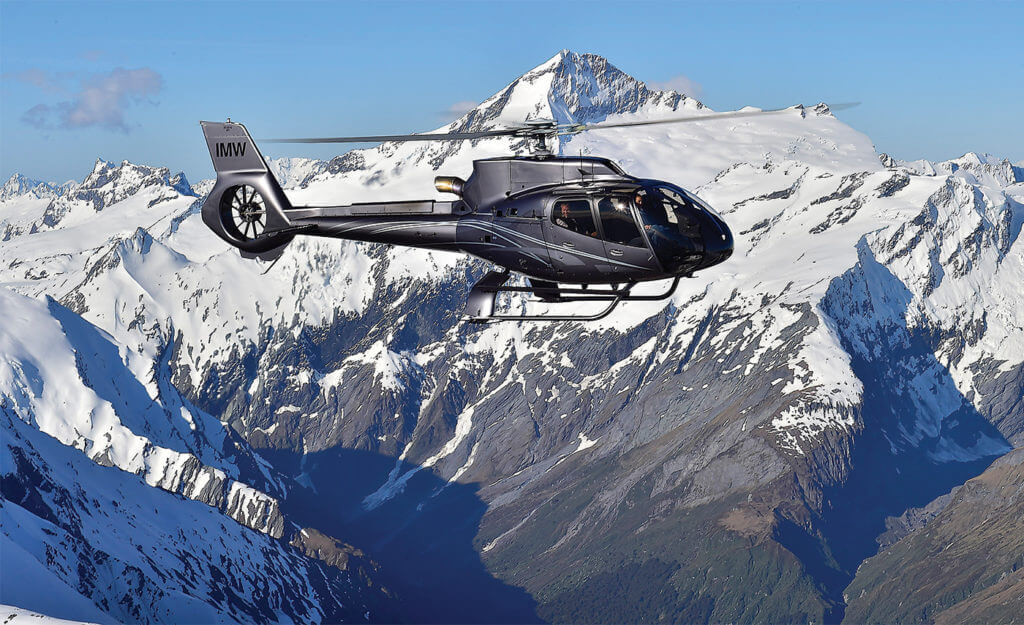 In order to best serve its customers, TracPlus is taking the unprecedented step of delivering large email messages to the cockpit via satellite. The company recently worked with New Zealand-based Flightcell International to find a way to deliver flight briefings to the cockpit of a Lynden Air Cargo C-130 that was flying in and out of Alaska (outside of cell coverage).
In order to best serve its customers, TracPlus is taking the unprecedented step of delivering large email messages to the cockpit via satellite. The company recently worked with New Zealand-based Flightcell International to find a way to deliver flight briefings to the cockpit of a Lynden Air Cargo C-130 that was flying in and out of Alaska (outside of cell coverage).
“We developed a way to transmit much larger messages over satellite than can usually be transmitted, which has made the difference between the aircraft flying and not flying,” said Hinch.
After 10 years of delivering unmatched tracking, voice, and data services to hundreds of satisfied customers, the sky is the limit as TracPlus moves forward.
“It’s part of our DNA,” Hinch concluded. “We do it better, stronger, smarter, and more cost-effectively without compromising the whole reliability and the essential nature of our service.”





